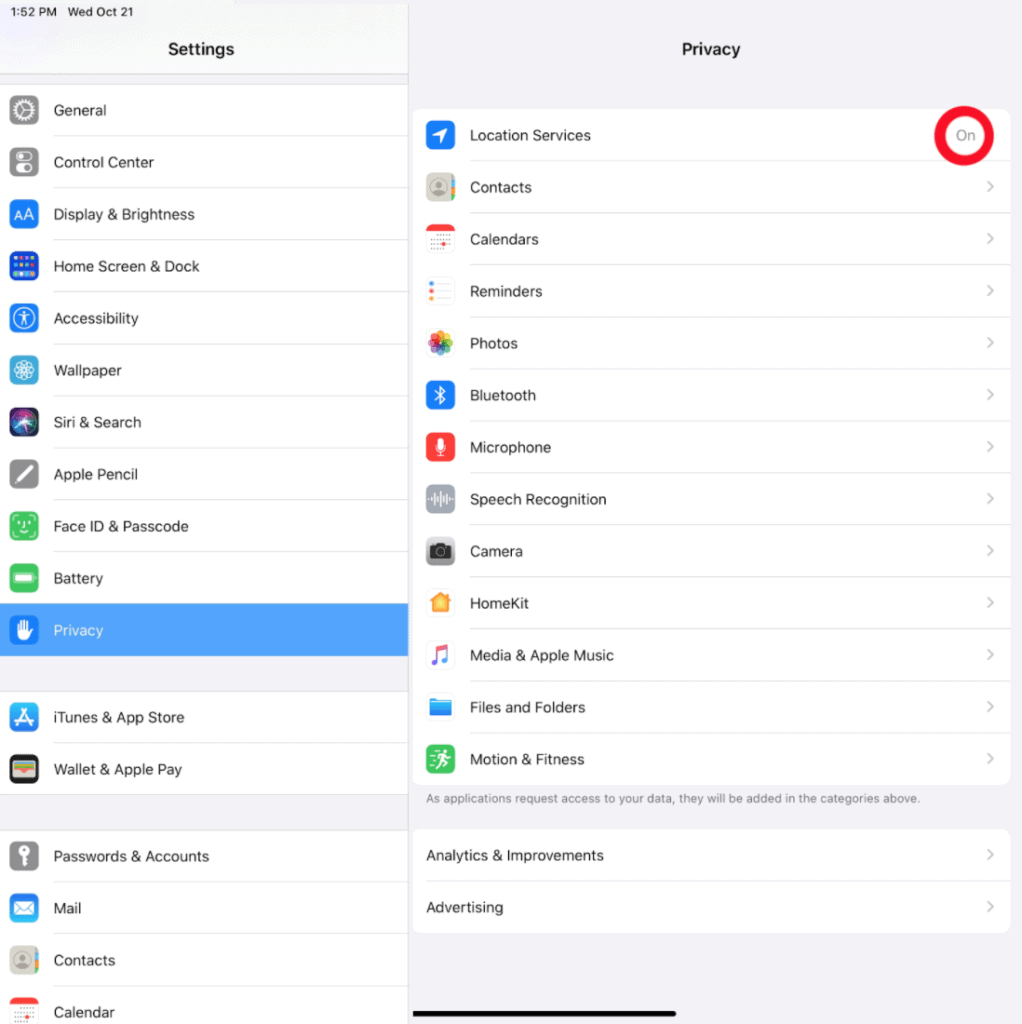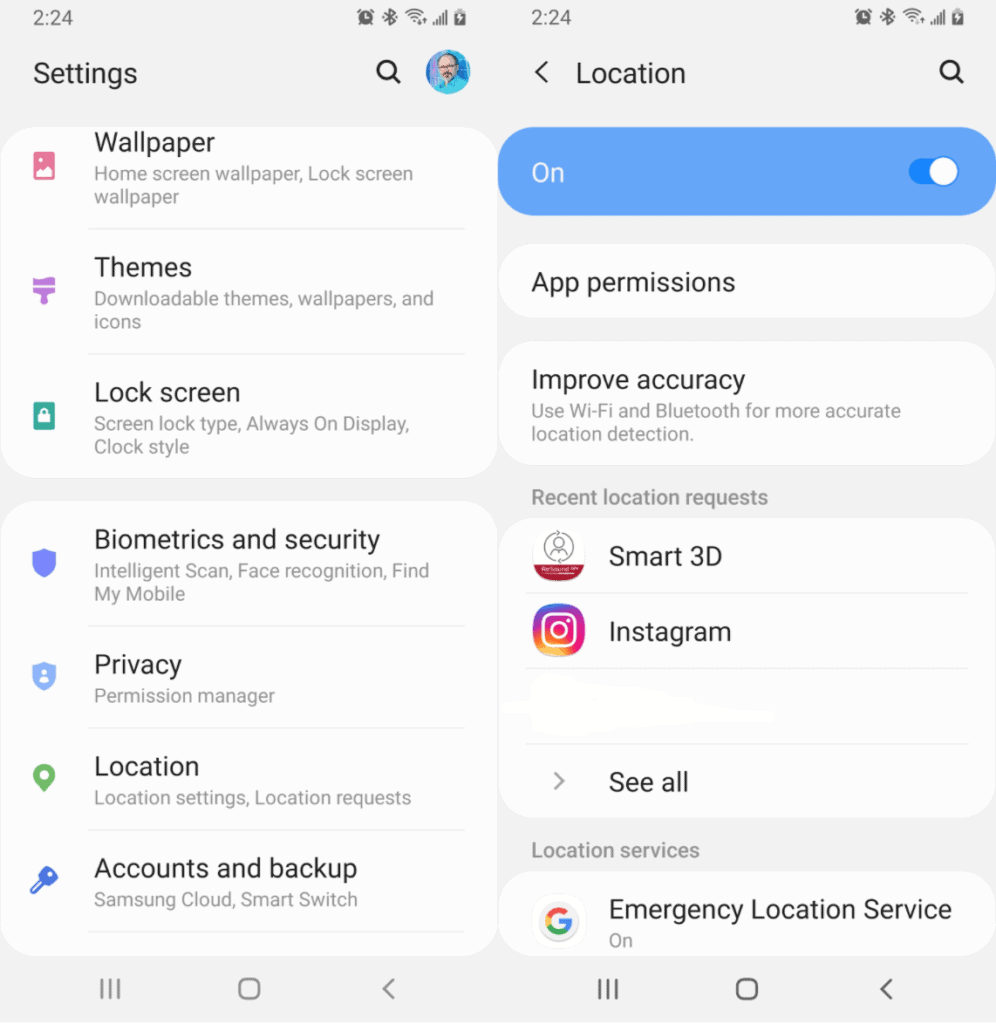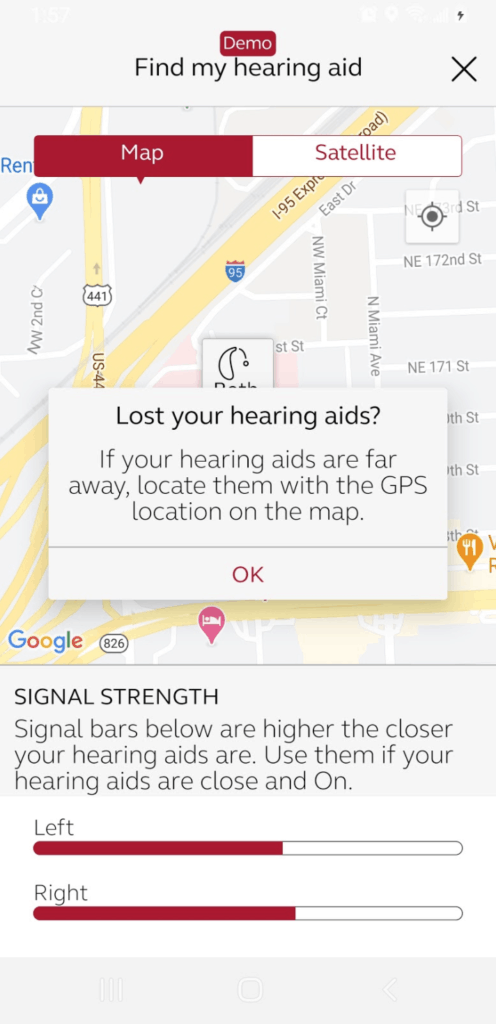What to Do if You Lose Your Hearing Aids
If you’ve misplaced your hearing aids, don’t lose hope! There may be a way to locate or replace them.
SeniorLiving.org is supported by commissions from providers listed on our site. Read our Editorial Guidelines
Need to Replace Your Hearing Aids? Check Out These Top Providers
Losing your hearing aids can be a huge pain. Fortunately, many devices are linked to your smartphone and can be located via a mobile app. Even if you can’t track them down, you may get lucky and qualify for a free replacement through the manufacturer’s warranty. If neither of these options apply to you, however, you’ll need to start looking for replacements. If you recently lost your hearing aids and need to replace them, check out some of the best hearing aid providers we’ve reviewed.
Picture this. You’re on your way to run a few socially-distanced errands while wearing your newly purchased hearing aids. You park at the store, put on your N95 mask, and then slip your hearing aids behind your ears and wiggle the domes into place. The errands go well, and you hear and understand better than before you got hearing aids. As you approach your car, you pull off the mask and get in. You don't realize your left hearing aid is missing until after you get home. That’s a lot of money lost.
For many Americans, hearing aids are the third-largest consumer purchase after homes and vehicles, so unless you're Daddy Warbucks, losing one or two of these can put a major dent in your wallet. But maybe not. Here are a few things you may or may not know about replacing a lost hearing aid that could save you time, money, and stress.
Is My Hearing Aid Really Gone?
Today, many popular hearing aids are linked wirelessly to smartphone apps that include a “Find My Hearing Aid” feature. When you have this feature turned on, you’ll be able to pinpoint the location of your hearing aids on a map. For these apps to work, “Location Services” must be enabled on your phone or tablet. We’ll walk you through how to do this in the screenshots below!

Updating your location settings on an iPhone
To check your location settings on an Apple device, click on “Settings,” then “Privacy,” and make sure that it says “ON” next to Location Services.

Changing your location settings on an Android
On an Android phone or tablet, click “Settings,” then “Location,” and make sure the slider reads “ON.”

Locating your hearing aids using the ReSound Smart 3D app
Once you’ve adjusted your location settings, these apps remember where your hearing aids and the app last talked to each other. This usually doesn't give you an exact location but can get you in the neighborhood, narrowing your search considerably. The screenshot here is for the ReSound Smart 3D app, but they all work pretty much the same.
If your hearing aids aren't compatible with an app like this, there are a few generic apps on the iOS and Android stores that “listen” for a hearing aid's high-frequency feedback. The ones I’ve seen are ten to fifteen dollars. Hearing feedback seems logical, but remember that most advanced hearing aids have automatic feedback suppression, so I don't see these being a good option unless the hearing aid just fell off and is very close by.
What to Do if You Can’t Locate Your Hearing Aids
If you can't locate your hearing aids, you may not be out of luck in replacing them. All hearing aids sold in the U.S by a licensed dispenser (or audiologist) will come with a sales contract. Your contract typically comes with two warranties: one for Service and one for Loss and Damage. The availability and length of these warranties vary by provider, but you can expect warranties to be about one to three years in length. If the Loss and Damage warranty date hasn't passed, you can file a claim through your dispensing professional and receive an identical replacement. These claims can typically only be used once, and they usually require you to pay a copayment of a couple of hundred dollars. Those details will also be on your sale agreement.
Companies that sell hearing aids entirely online, like Eargo, Jabra Enhance, and Embrace, also provide this Loss and Damage coverage. The turn-around time for these claims is usually a week or so, and your dispenser should be able to program the hearing aid and mail it to you if you want to avoid going into the office.
What happens if you find the original “lost” device after you’ve filed a claim? Technically, you are obligated to return it to the manufacturer (read the fine print). If you keep it and send it in for repair later on, the manufacturer may confiscate it, so it’s probably best to follow the rules from the onset.
What Happens if You Lose Your Hearing Aids Again?
When my patients file a Loss and Damage claim, I typically share some third-party insurance policy options in case they lose their hearing aids a second time. These companies usually offer both Loss and Damage coverage, and for an additional premium, a repair warranty. In my experience, the Loss and Damage coverage is generally worth it if you've already lost one device. Still, the repair premiums are usually more expensive in the long run compared to an out-of-warranty repair from your dispenser. However, those repairs typically don’t happen often, and for a few hundred dollars, you'll get the repair and a six or 12-month warranty on that repair.
Other Insurance Options
An alternative to the insurance companies above is adding your hearing aids to your homeowners or renters insurance. This can certainly be worth a call to your insurance provider to see what's involved in adding your hearing aids to your policy. Deductibles will likely apply.
Need Help Finding the Right Hearing Aid?
Answer a few easy questions to find the hearing aid that’s right for you.
An Ounce of Prevention Goes a Long Way
All of the above options for replacing lost hearing aids are great, but it's much better not to lose your hearing aids in the first place. Here are a few tips to help keep them on your ears.
A Place for Everything and Everything in Its Place
Create a special place for your hearing aids in the kitchen or your bedroom. Ask family members to help remind you if necessary to get them back to “home base” whenever you take them off.
Also, make sure not to leave your devices lying around where grandchildren or furry friends might be able to get a hold of them. Dogs love hearing aids; they make fun whistling sounds and smell like you. When my Deaf son was younger, our Beagle ate about a half dozen hearing aids.
Avoid Shirt and Pants Pockets
Your breast pocket is the gateway to your pen (which inevitably leaks at some point) and a water-logged hearing aid. Even though modern hearing aids are better sealed than a few years ago, this is no place for your devices. I’d also avoid pants pockets. We’ve all washed a pair of pants only to realize that we left a car key, chapstick, or, in this case, a hearing aid in the pocket, which never ends well!
Tips for Hearing Aids and COVID-19 Masks
Since most face masks sit behind your ears, right alongside your hearing aids, it’s easy to accidentally knock out your hearing aids when taking off your mask. When using a mask for COVID-19 mitigation that has ear loops, place your hearing aids on first and make sure the ear loops stay outside the hearing aids. When removing your mask, put a finger on the wire or earmolds/dome before pulling the mask off to ensure that they stay in place. When possible, remove your mask in a specific location, like your car after you close the door, or at home near your hearing aid “home base.” That way, even if your hearing aid falls out, you’ll have a better idea of where it might be.
If you’re forgetful like me, you can also place a small address label with “Hearing Aid” printed on it on the inside of your mask. Get in the habit of looking at the mask when you take it off for an easy reminder. Last but not least, ask family members to keep an eye out for flying hearing aids!
If All Else Fails
If, despite your best efforts, you end up losing more hearing aids than you have insurance coverage or warranty for, take a look at our interview about free and reduced-price hearing aid options.
Take Our Free Online Hearing Test
Wondering if you have hearing loss?
Grab your headphones and get an evaluation in minutes.




